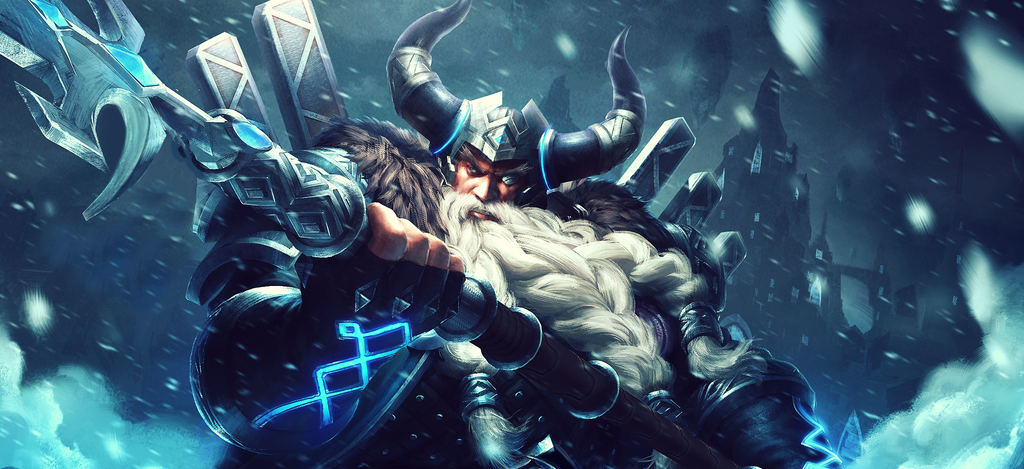Odin Figurine with Horns Raised Question About Viking Helmets
As far as we know, the depiction of Viking horned or winged helmets is the 19th-century artwork. But recently, there has been a discovery of small Odin stature with horns raising the questions about whether the Viking helmets were historical or not?
The Discovery of Odin Figurine With Horns
In 2015, a metal detector, Søren Andersen, discovered a small figurine in a Viking archaeological hot spot in Denmark. Right at the first sight, this figurine opened a question as to whether the Vikings wore the horned helmets, historically? The figurine did make many amateur researchers on the Viking confused. They began to doubt their general belief in the false existence of the horned helmets.


The figurine of Odin the Allfather found
However, scholars and archaeologists once more time confirmed that the Vikings did wear the horned helmet. And the figurine was believed to present something else but the horns.
The discovery by the metal detector Søren Andersen was a 1300-year-old Odin figurine in Mesinge, Denmark. The figurine depicted an old man with well-groomed hair. What drew the attention was the horned helmet of this old man.
The thorough examination once again confirmed that this figurine was Odin that dated back to around 700 and 800 AD. One more trace for the scholars to realize that it was Odin was the man had only one eye. The other eye wasn't actually depicted. Claus Frederik Sørensen, the head of Landscape and Archaeology for the Museums of Eastern Funen expressed how blessed he was to see God Odin "reveal himself in the land of Mesinge".
And according to the scholars, the figurine was a part of a ring brooch that the Vikings used to wear to honor Odin the Allfather. However, it wasn't the horns in the helmet. It was the birds. What we see is actually the representation of Odin's constant companions. They were the ravens whose names were Huginn and Muninn. Many same brooches were found in the Viking hot spots. They all presented the helmet with two ravens or mysterious birds, not horns. For example, Uppakra in Skane, Sweden or Staraja Ladoga in Russia. Artifacts from other places often had the clear birds on the top. However, the birds from the figurine in Mesinge might have been broken off.

This artifact was believed to depict Odin with his ravens on his head and followed him was the Viking berserker warrior
The Horned Helmet Depiction in Oseberg Artifact

Left part of the Oseberg tapestry with the leading man and his horned helmet on the top left
In 1905, a farmer in Vestfold found a Viking ship which was actually a Viking burial site. Many valuable things were buried inside, including the Oseberg tapestry. One remarkable thing on the tapestry was a leading man with the horned helmet. The man seemed to be the leader of a ritual depicted in the tapestry. In the tapestry, we can easily see that man was wearing a horned helmet. This once again raised a question upon the Viking helmet.
However, the theory of horned helmet was proven not historical. Though the horned helmets might look awesome but they were not really useful in the battle.
Even if the Vikings had worn the horned helmet, it would have been very rare. Only the leader of a traditional ritual might have worn the horned helmet to make him different from the rest.




